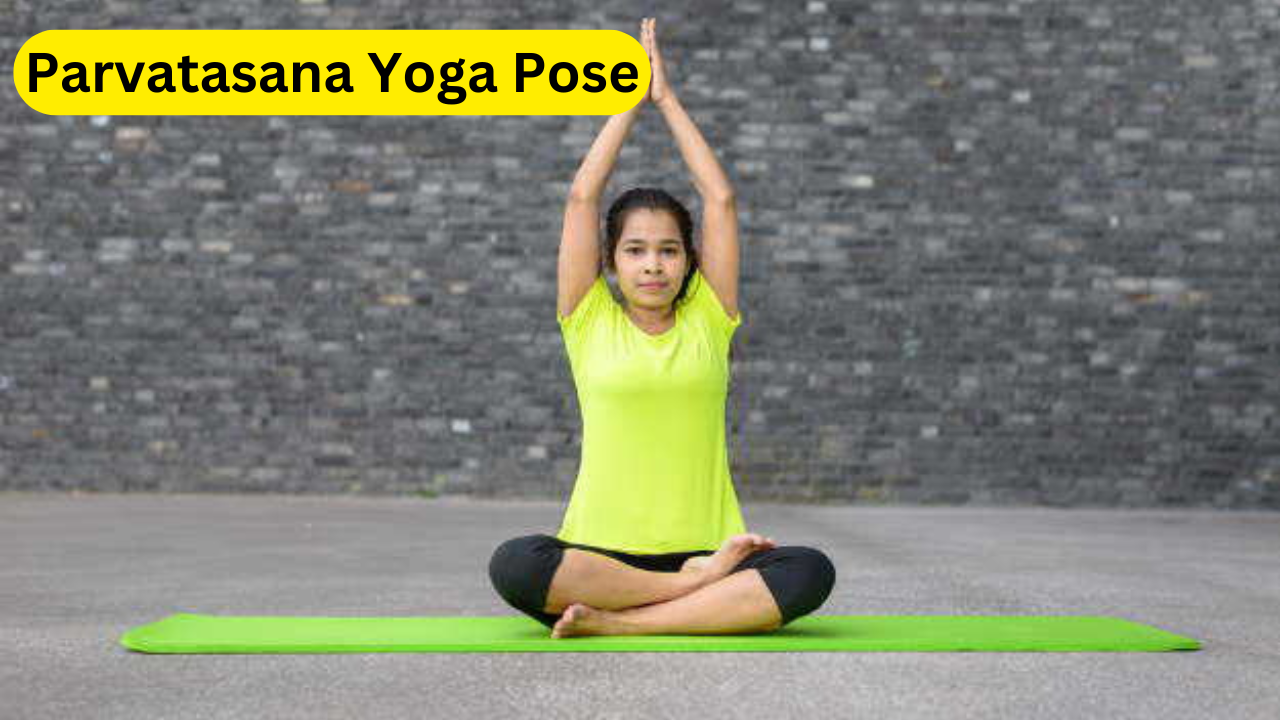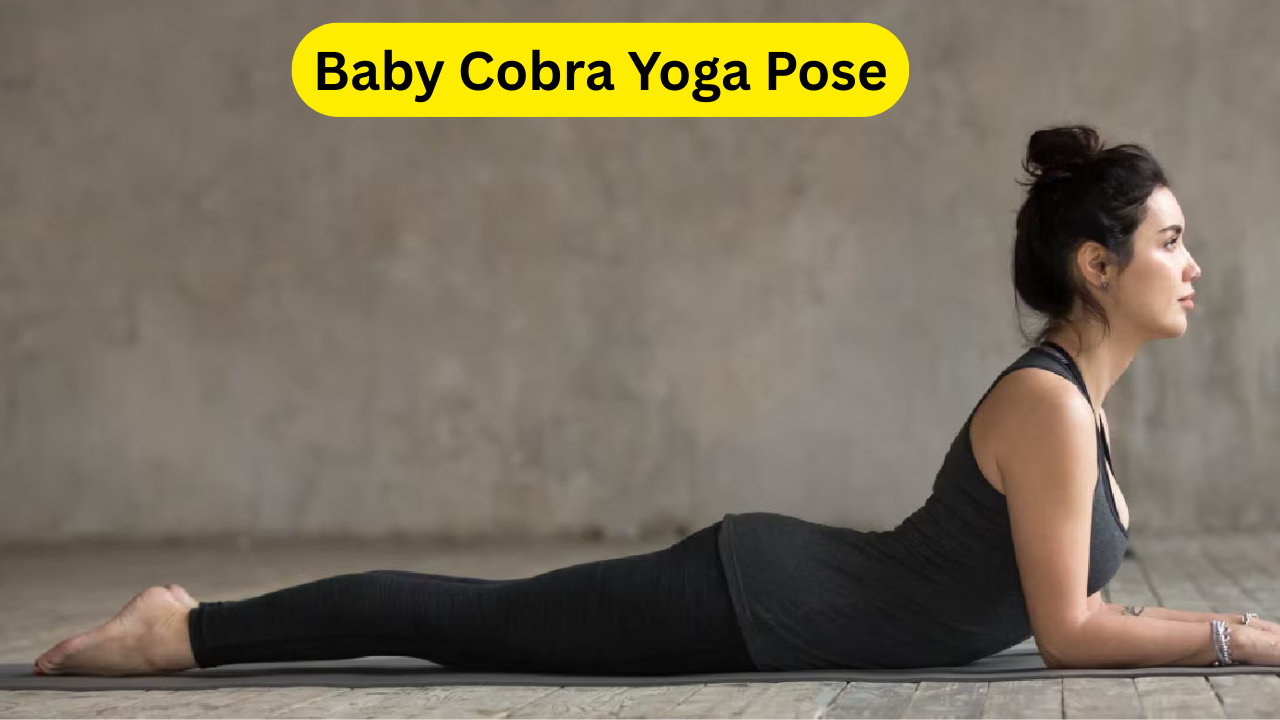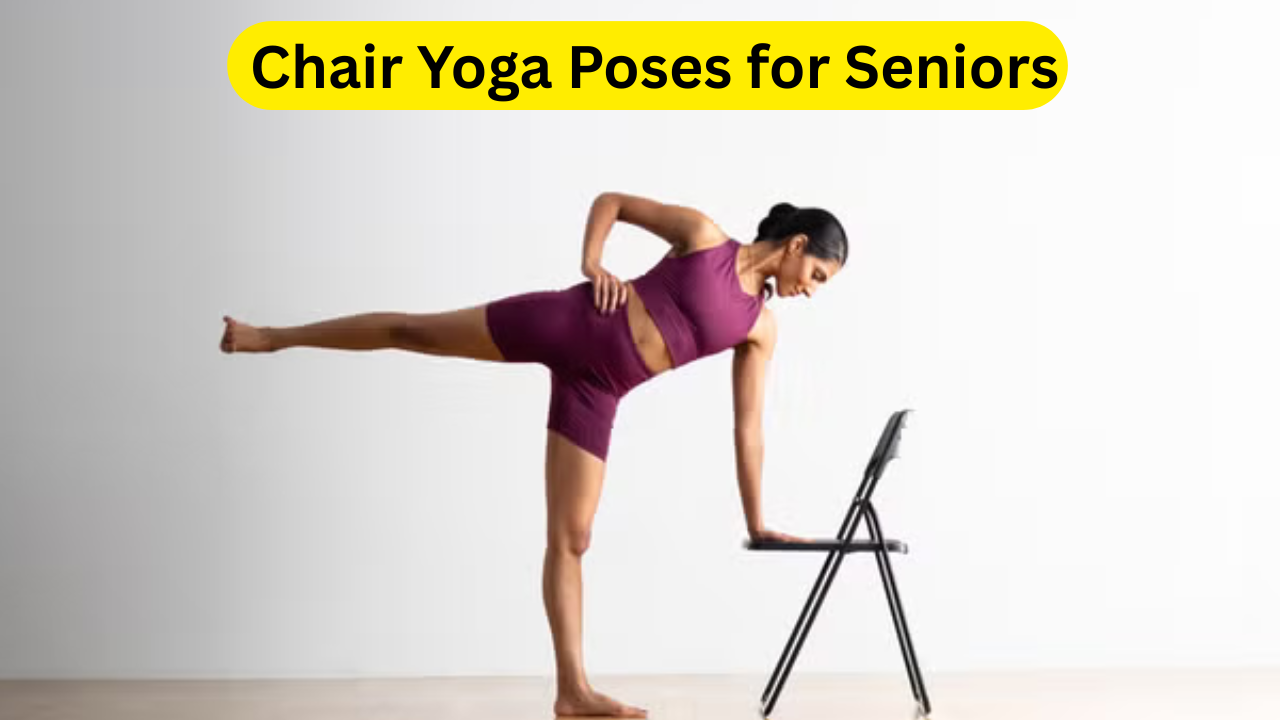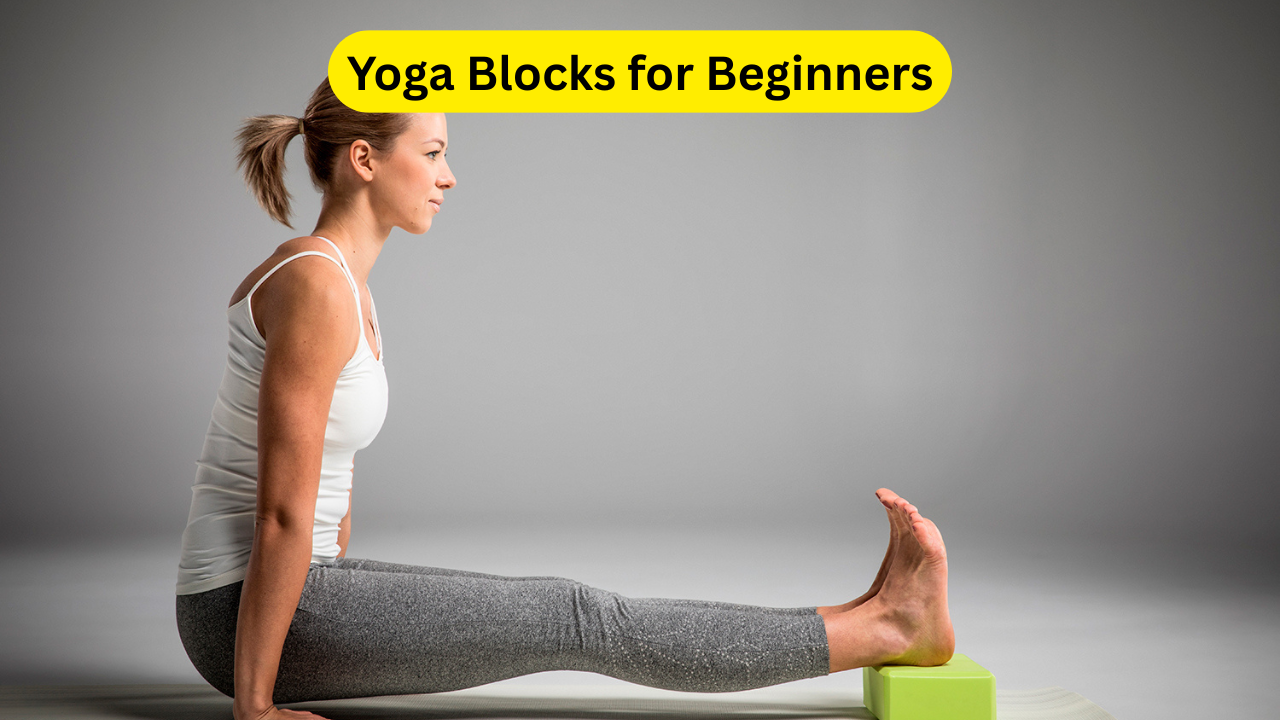Parvatasana Yoga Pose: Parvatasana, also known as the Mountain Pose, is an essential yoga posture that helps in enhancing flexibility, stability, and inner peace. Derived from the Sanskrit word ‘Parvata,’ meaning ‘mountain,’ this asana symbolizes steadiness and strength. The posture involves raising the arms above the head, keeping the fingers joined together, and aligning the body in a way that resembles a mountain peak. This asana is an integral part of many yoga sequences and is particularly beneficial for improving posture, relieving stress, and increasing spinal flexibility.
Practicing Parvatasana regularly can lead to numerous physical and mental health benefits. It is known to improve lung capacity, correct spinal alignment, and enhance blood circulation. This simple yet powerful pose is often performed in a seated position, usually in Padmasana (Lotus Pose), making it an excellent addition to meditation and breathing exercises. The stretching involved in this asana helps relieve tension in the upper body, shoulders, and spine, making it beneficial for those who experience stiffness due to prolonged sitting or sedentary lifestyles.
Beyond its physical advantages, Parvatasana also has significant psychological benefits. It promotes mental clarity, reduces stress, and instills a sense of calmness. The deep breathing associated with this pose helps activate the parasympathetic nervous system, reducing anxiety and promoting relaxation. Whether you are a beginner or an experienced yogi, incorporating Parvatasana into your daily routine can help cultivate balance and stability in both body and mind. In the following sections, we will explore the methodology, benefits, and variations of Parvatasana in detail.
Click here: Yoga Poses for Neck and Shoulder Pain: A Comprehensive Guide
Understanding Parvatasana
Meaning and Significance
Parvatasana derives its name from the Sanskrit term ‘Parvata,’ meaning mountain. Just like a mountain stands firm and unmoving, this pose signifies steadiness, strength, and resilience. Practicing this asana regularly allows the practitioner to develop a strong posture, improved focus, and a calm mind.
Step-by-Step Methodology of Parvatasana
Basic Steps to Perform Parvatasana
- Assume the Padmasana Posture: Sit comfortably in Padmasana (Lotus Pose). If Padmasana is difficult, you can sit in Sukhasana (Easy Pose).
- Lock the Fingers Firmly: Interlock your fingers and place them on your lap.
- Inhale Deeply: Take a deep breath while preparing to lift your arms.
- Stretch the Arms Upward: Raise the interlocked hands above the head and extend the arms fully.
- Turn the Palms Upward: Rotate the palms so they face upwards.
- Stretch the Trunk: Lift your chest and stretch the spine, elongating the trunk as much as possible.
- Hold the Position: Maintain this posture for about 10 seconds while holding your breath.
- Exhale Slowly: Gradually release the breath over five seconds and return to the starting position.
Variation of Parvatasana
If interlocking the fingers is difficult, you can simply join your palms together in Anjali Mudra above the head. In this variation:
- Keep your fingers pointing upwards.
- Ensure that your arms, from the shoulder blades onwards, are fully stretched.
- Maintain the posture for 10-15 seconds before releasing it gently.
Benefits of Parvatasana
Physical Benefits
- Improves Posture: Strengthens the spine and helps in correcting posture, preventing slouching.
- Enhances Flexibility: Stretches the arms, shoulders, and back muscles, improving overall flexibility.
- Boosts Lung Capacity: Opens up the chest and enhances lung function, making it beneficial for respiratory health.
- Relieves Shoulder & Back Pain: Alleviates tension in the upper body caused by prolonged sitting or poor posture.
- Strengthens Core Muscles: Engages the abdominal muscles, promoting core strength and stability.
Mental and Emotional Benefits
- Reduces Stress & Anxiety: The deep breathing technique calms the nervous system and lowers stress levels.
- Improves Focus & Concentration: Enhances mental clarity and mindfulness.
- Promotes Emotional Stability: Helps regulate emotions and fosters a sense of inner peace.
- Aids in Meditation: Often performed as part of meditative practices, enhancing mindfulness and relaxation.

Precautions & Contraindications
- People with shoulder injuries should avoid excessive stretching.
- Those with severe spinal disorders should consult a doctor before practicing.
- Pregnant women should practice this asana under expert supervision.
- Individuals with high blood pressure should perform it with caution.
Also read: MG Astor Turbo 2,000 KM Review
Parvatasana Yoga Pose Conclusion
Parvatasana is a simple yet highly effective yoga posture that offers a multitude of benefits. By mimicking the stability and strength of a mountain, this pose helps in improving both physical and mental well-being. With regular practice, it enhances posture, boosts flexibility, and alleviates stress, making it an ideal addition to your yoga routine.
The pose is particularly beneficial for individuals who lead a sedentary lifestyle, as it relieves tension in the back, shoulders, and spine. It also helps in increasing lung capacity, improving respiratory health, and promoting better oxygen circulation throughout the body. Moreover, the deep breathing technique associated with this asana aids in calming the mind and reducing anxiety, making it an excellent practice for mental wellness.
Furthermore, Parvatasana serves as a foundation for meditation, allowing practitioners to achieve a state of tranquility and inner peace. Whether you are a beginner or an advanced yogi, incorporating this pose into your daily practice can help you cultivate mindfulness and concentration. The simplicity of this asana makes it accessible to people of all age groups, encouraging a holistic approach to health.
Incorporating variations of Parvatasana can further enhance its effectiveness. Whether performed with interlocked fingers or in the Anjali Mudra variation, this asana provides a range of benefits that cater to different needs and abilities. With consistent practice, one can experience an overall improvement in physical, mental, and emotional well-being, ultimately leading to a more balanced lifestyle.
By dedicating a few minutes daily to this posture, practitioners can unlock its full potential and enjoy a healthier, stress-free life. The transformative impact of Parvatasana extends beyond physical fitness, offering a path to greater mental clarity, emotional stability, and inner harmony.
Parvatasana Yoga Pose FAQs
1. Can beginners practice Parvatasana?
Yes, Parvatasana is suitable for beginners. However, those who find Padmasana difficult can practice it in Sukhasana (Easy Pose) until they gain more flexibility. Regular practice will help improve their ability to hold the posture comfortably.
2. How long should I hold Parvatasana?
Beginners can hold the pose for 10-15 seconds, gradually increasing the duration as they build strength and flexibility. Advanced practitioners can extend the hold to 30 seconds or more.
3. Can Parvatasana help with back pain?
Yes, Parvatasana stretches and strengthens the spine, relieving tension in the back muscles. However, those with severe spinal issues should consult a doctor before practicing and avoid overexertion.
4. Is Parvatasana beneficial for improving posture?
Absolutely! Parvatasana aligns the spine, strengthens the core, and prevents slouching, making it an excellent posture-improving exercise. Regular practice helps maintain a straight and strong back.
5. Can I perform Parvatasana at any time of the day?
While it is best practiced in the morning on an empty stomach, Parvatasana can be performed at any time, provided there is a gap of at least 3-4 hours after meals. Practicing before bedtime can also help relax the mind and body.







